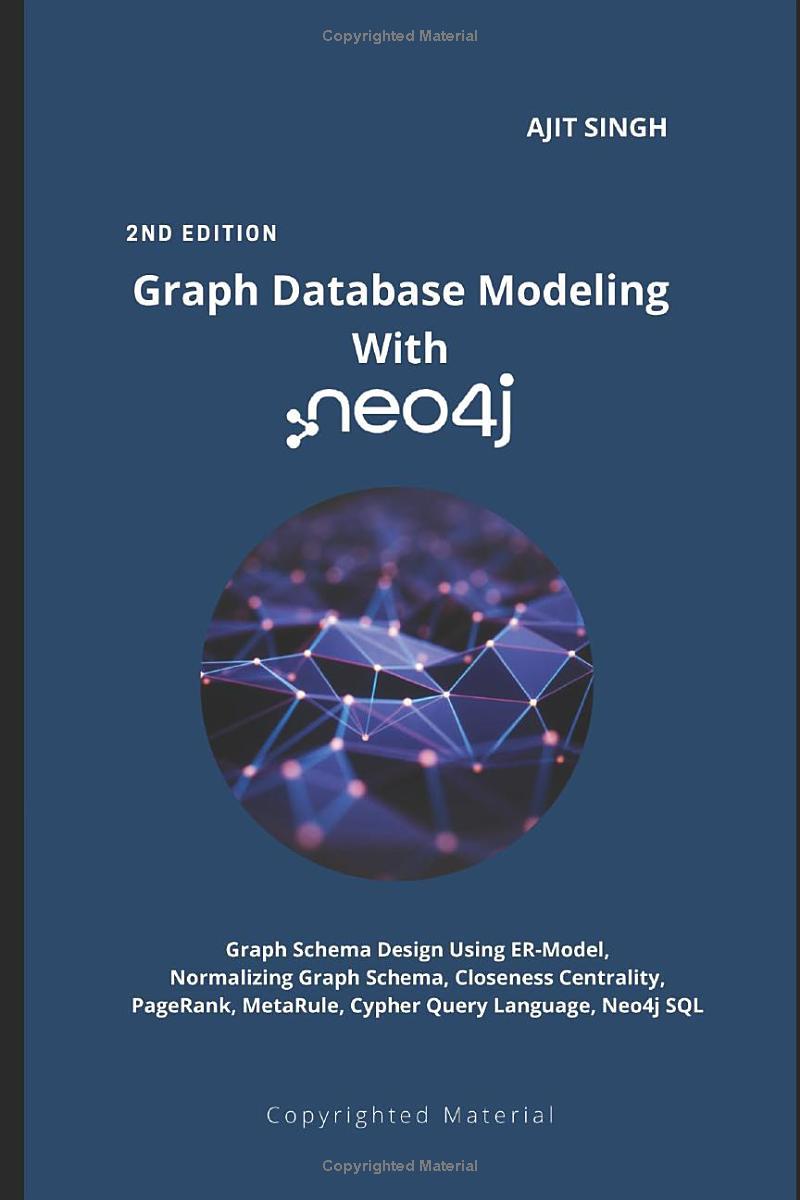Given that the computer can only store informatioa using groups of bits, how can we store textual information? The answer is that we create a table, which assigns a numerical value to each character in our language. Early in the development of computers, several cormputer manufacturers developed sach tables, or character coding schemes. These schemes were incompatible and computers from different manufacturers could not easily exchange textual data without the use of Iranslation software to convert the character codes from one coding schcme to another. Eventually, a standard coding scheme, known as the American Standard Code for Information Interchange (ASCII) was developed. Work on the ASCII standard began on October 6,1960 , with the first meeting of the American Standards Association's (ASA) X3.2 subcommittee. The first edition of the standard was publishod in 1963 . The standard was updated in 1967 and again in 1986 , and has been stable since then. Within a few years of its development, ASCII was accepted by all major computer manufacturers, although some continue to support theit own coding schemes as well. At the time that it was developed, transmission of digital data over long distances was very slow, and usually involved converting each bit inso an audio signal which was transmitted over a selephone line using an acoustic modem. In order to maximize performance, the standards committee chose to define ASCII as a 7 -bit code. Because of this decision, all textual data could be sent using seven bits rather than cight, resulting in appeoximately 10 fo better overall performance when transmitting data over a telephone modem. A possibly unforeseen benefit was that this also provided a way for the code to be extended in the future. Since there are 128 possible values for a 7 -bit number, the ASC1I standard provides 128 characters. However, 33 of the ASCII characters (See ASCII Table Decimal Column: 0 - 31 s. 127) are non-printing control characters. These characters are mainly used to send information about how the text is to be displayed and or printed. The remaining 95 are printable characters. Cenverting character strings to ASCII codes: Suppose we wish to covert as string of characters, such as "Hello World" to an ASCII representation. We can use an 8-bit byte to store each character. Also, it is common practice to include an additional byte at the cnd of the string. This additional byte holds the A.SCII NUL character, which indicates the end of the string. Such an arrangemseat is referred to as a null-terminated string. To convert the string "Hello Woeld" inte a nullterminated string, we can build a table with each character on the left and its equivalent binary, hexadecimal, or decimall valuc (as defined in the ASCII table) on the right. Table I shows the characters in "Hello World" and their equivalent binary representations, found by looking in ASCII table (Sec Appendix A). Reading the Binary column from top to bottom results in the Converting character strings to ASCII codes: Suppose we wish to covert a string of characters, such as "Hello World " to an ASCII representation. We can use an 8-bit byte to store each character. Also, it is common practice to include an additional byte at the end of the string. This additional byte holds the ASCII NUL character, which indicates the end of the string. Such an arrangement is referred to as a null-terminated string. To convert the string "Hello World" into a nullterminated string, we can build a table with each character on the left and its equivalent hinary, hexadecimal, or decimal valoe (as defined in the ASCII table) on the right. Table I shows the characters in "Hello World" and their equivalent binary representations, found by looking in ASCII table (See Appendix. A). Reading the Binary column from top to bottom results in the following sequence of bytes: 010010000110010101101100011011000110111100100000 0101011101101111011100100110110001100100000000. To convert the same string to a hexadecimal representation, we can use the shortcut method that was introduced in class, i.e. a 4 bit nibble into its hexadecimal equivalent, or read the hexadecimal value from the ASCII table. The string can now be converted to hexadecimal or decimal simply by reading the correct column in the table. So "Hello World" cxpressed as a null-terminated string in hexadecimal is 448656C6C6F20576F626C6400 and in decimal it is "72 101.1081081113287111981081000. A Submit a table same as table #1 by considering your full name as a string of characters. Include all of the characters in your name \& samame. Inclade a single space in between name, surname ( & middle name if you have) and the null character (a) the end of the string. Tabled. Binary, hexadecimal, and decimal cywryalents for cach character in "Hello Norld" 01010111011011110111001001101100011001000000000. To convert the same string to a hexadecimal representation, we can use the shortcut method that was introduced in class, ie a 4 bit nibble into its hexadecimal equivalent, or read the hexadecimal value from the ASCII table. The string can now be converted to hexadecimal or decimal simply by reading the correct column in the table. So "Hello World" expressed as a null-terminated string in hexadocimal is " 48656C6C6F20576F626C6400 and in decimal it is "72 101108108111328711198108.1000. A Submir a table same as table \#1 by considering your full name as a string of characters. Include all of the churacters in your name B sumame. Include a single space in between name, surname ( & middle name if you have) and the null character (i) the end of the string. Table 1: Binary: hexadecimal, and decimat equivalentr for each chamacter in "Hello World" m) Given the following binary string: 010010010111001101101110001001110111010000100000 0100000101110011 011100110110010101101101011000100110110001111001 0010000001000110 01110101011011100011111100000000 (I) Convert it to a hexadecimal string. (II) Convert the first four bytes to a string of base ten numbers. (III) If this string of bytes were sent to an ASCII printer or terminal, what would be printed









